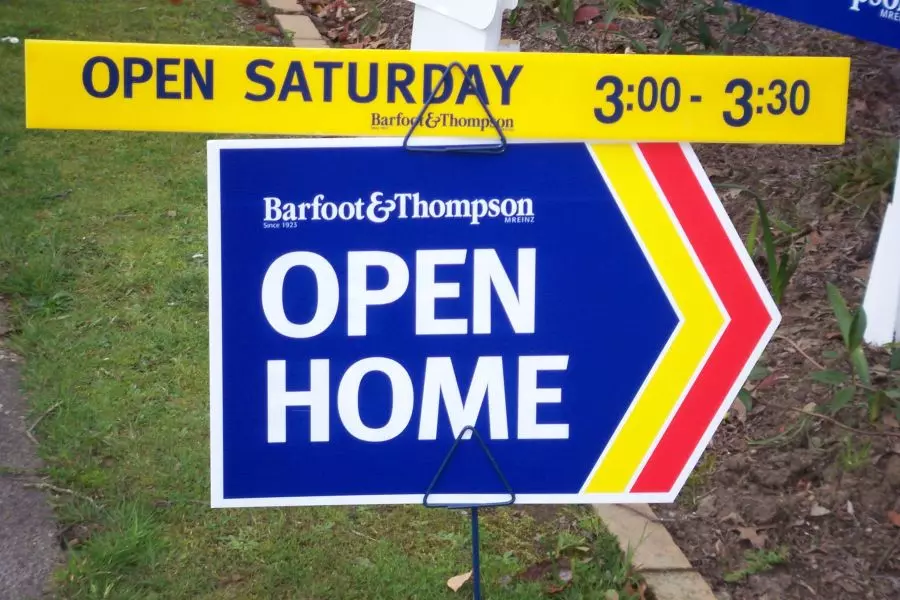
News
Spike in properties for sale as House Price Index drops

Friday 22nd of April 2022
According to Trade Me data properties for sale rose 13% in March compared to February. They reached a record high in several regions, while demand also escalated.
Despite the increase in supply, Trade Me Property sales director Gavin Lloyd says the national average asking price reached a new record of $971,450 in March, up 21% year-on-year, with no change when compared with February.
Want to read the full article?
Click the button below to subscribe and will have unlimited access to full article and all other articles on the site.
2 min read





![[The Wrap] Bye Bye Bayly](https://goodreturns.publit.io/file/c_fill,w_900,h_600/39f23ac1-f7c7-4854-b700-a150004ebbac.webp)


